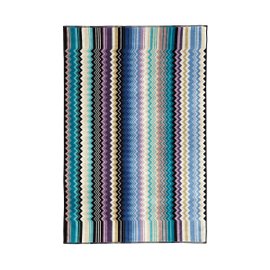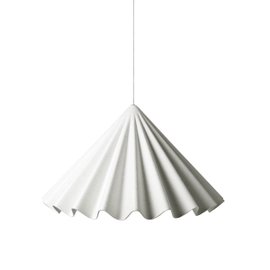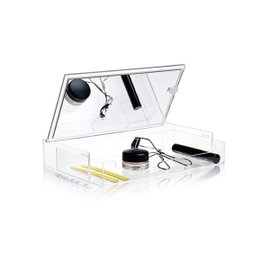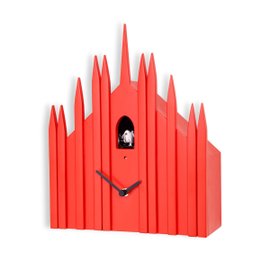Previous
Making a table


Your dream house is one step away from you.
Subscribe to our newsletter and get 10% off orders of at least £100,00!
Enjoy it and don’t miss out on our offers and updates.


Twice a year, as usual, Milan hosts the world famous fashion week.
The shows follow one another at a fast pace and the city is filled with celebrities and street style photographer. Meanwhile, on the web, journalists, bloggers and experts post their analysis and live coverage. Fortunately we can add hashtags to our Instagram feed!
But Milan is in vogue all year round. Despite the doubts raised by the New York Times, it remains an international point of reference for the fashion firms and the public.
But Why Milan?


Located in the city centre, this urban area stands out for its unique concentration of Italian and international fashion boutiques. That’s why it represents a vital destination for elite shopping, but is equally popular for window shopping, within reach of all budgets.
The first fashion week in Milan was held in 1958: since then, it follows the ones held in New York and London and precedes that of Paris, defining the perimeter of the so-called Fashion Big Four.
It is held twice a year, in September/October for the Spring/Summer previews and in February/March for the Fall/Winter collections.
According to the BoF ranking (among the most reliable ones for the variety and severity of judgment criteria), the Italian fashion institutes are second only to the English ones.
Five of them are in Milan: the Istituto Marangoni, the IED, the POLI.design, the NABA and the Domus Academy. The other ones are the Costume & Fashion Academy of Rome, the IUAV in Venice and the Polimoda in Florence.
The Association that regulates, coordinates and promotes the development of Italian Fashion is based in Milan and manages to encourage a virtuous synergy between design and industrialization of fashion products.
But it wasn’t always like this.


The phenomenon of fashion is not even born in Italy. The french hold the record and Milan has only had the good fortune to be the most informed city on the new trends coming from France, as well as among those most influenced by Parisian voluptuousness.
At the beginning of 1900s Italy competes with the French only in the field of luggage, with brands such as Prada, Serapian and Bertoni, but the real challenge begins when the concept of Made in Italy begins to spread.
The first Italian haute couture fashion shows take place in Florence at the initiative of the entrepreneur Giovanni Battista Giorgini: the first one is housed in a private residence, the third in the halls of the famous Palazzo Pitti. Florence is also the birthplace of several luxury powerhouses including Emilio Pucci, Roberto Cavalli, Gucci, Ermanno Scervino, and Salvatore Ferragamo.
The Italian journalist Maria Vittoria Rossi, aka Irene Brin, starts writing about it on the Harper’s Bazaar and helps putting an end to the French fashion monogamy.
It all began with a dense network of tailors, yarn and packaging laboratories, embroiderers, printers, distributors of fabrics…From the neighborhood's tailoring shops to the most exclusive ateliers: Milan is a great machine dedicated to elegance and to the high quality of the workmanship.
This is why Milanese fashion makes the whole world talk about it.
Textiles
Missoni Home Collection
Gifts
Menu
Iskos-Berlin
Lighting
Nomess Copenhagen
Home Accessories
Less is More
Shared Moments Express Delivery
Luca Trazzi
Diamantini & Domeniconi

 Back to
Back to
Size*
Quantity*




